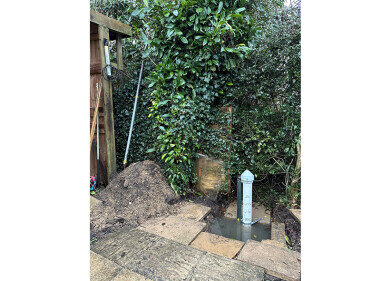Water/Wastewater
How Is Wastewater Monitored for COVID-19?
Apr 02 2021
Much of the last year in the UK has been dominated by the search for ways to tackle the spread of coronavirus using viricidal surface decontamination and a viable vaccine candidate, among other methods. But prior to overcoming the disease, it’s necessary to fully understand it, which means ascertaining what percentage of the population are suffering from it.
Individual diagnosis of COVID-19 sufferers is problematic in that it greatly underestimates the scale of infection in a community, since only those who experience symptoms of the disease will come forward for testing. Analysing wastewater samples for traces of the virus’s genetic material, on the other hand, can paint a more comprehensive picture of the extent of infection, doing so rapidly and at a fraction of the cost of alternative techniques of virus monitoring.
A novel method of diagnosis
Analysing wastewater for disease-causing bacteria is a practice that stretches back decades and was used to help virtually eradicate polio, as well as fight to contain the highly contagious norovirus. A similar approach has been applied with COVID-19, genetic fragments of which have been discovered in human waste. Unlike with norovirus, these samples are not deemed to be infectious, but they can give researchers an idea of the scale of the infection in a particular community.
Because concentrations of coronavirus RNA are much smaller in wastewater than they are in standard nose and throat tract testing, researchers must often filter the sample to retain the virus fragments in a smaller solution, or else use chemical additives to help bind the fragments together. Having standardised the method of collecting and analysing samples across the UK, the process is currently being employed at 90 wastewater treatment stations around the country, while the European Commission has also instituted a similar programme.
Advantages and drawbacks
On the one hand, the pandemic has served as a catalyst for innovation in the world of diagnostics, prompting scientists to use wastewater samples to understand broadly the scale of infection in a localised population. When used in tandem with individual testing and track and trace software, it can help to inform our comprehension of the disease’s prevalence and put in place measures to prevent it from spreading any further.
On the other hand, wastewater sampling is not without its drawbacks. It’s not possible to draw direct correlations between RNA fragments and specific populations or arrive at concrete figures for the number of suspected sufferers of the disease, for example. This means that wastewater sampling is not an adequate weapon in the fight against COVID-19 on its own, but it can certainly serve a useful purpose when combined with other technologies.
Digital Edition
IET 34.2 March 2024
April 2024
Gas Detection - Biogas batch fermentation system for laboratory use with automatic gas analysis in real time Water/Wastewater - Upcycling sensors for sustainable nature management - Prist...
View all digital editions
Events
May 13 2024 Munich, Germany
May 15 2024 Lund, Sweden
May 15 2024 Frankurt-am-Main, Germany
May 20 2024 Columbus, OH, USA
May 21 2024 Lagos, Nigeria
.jpg)

















